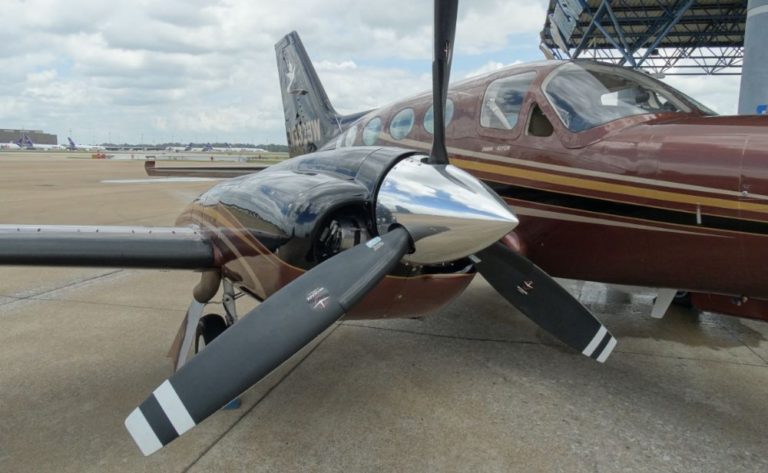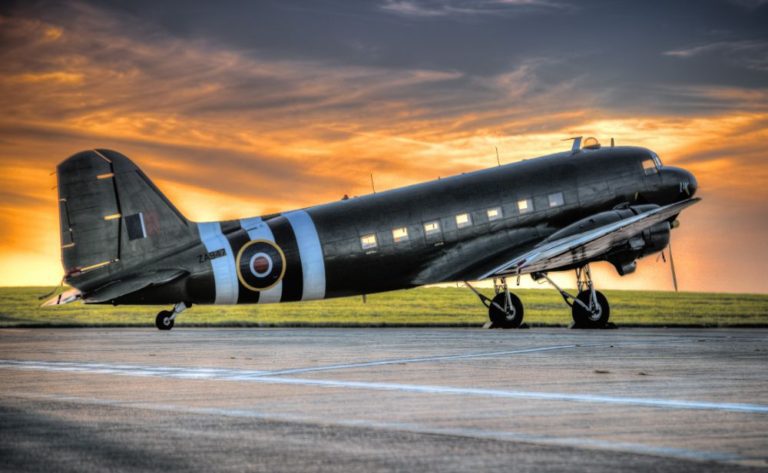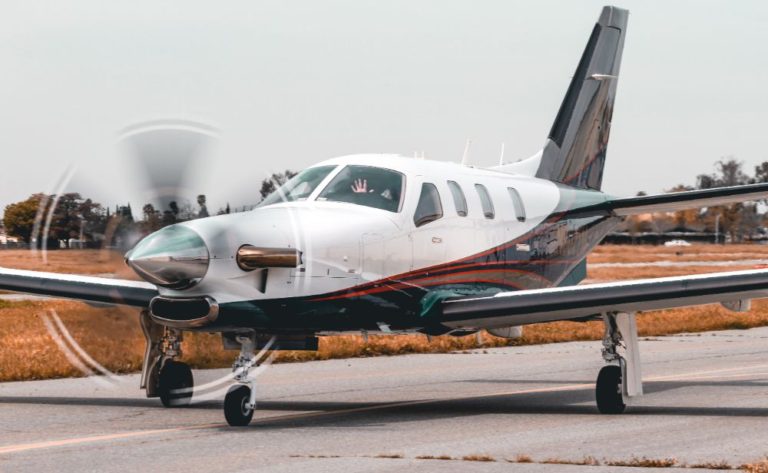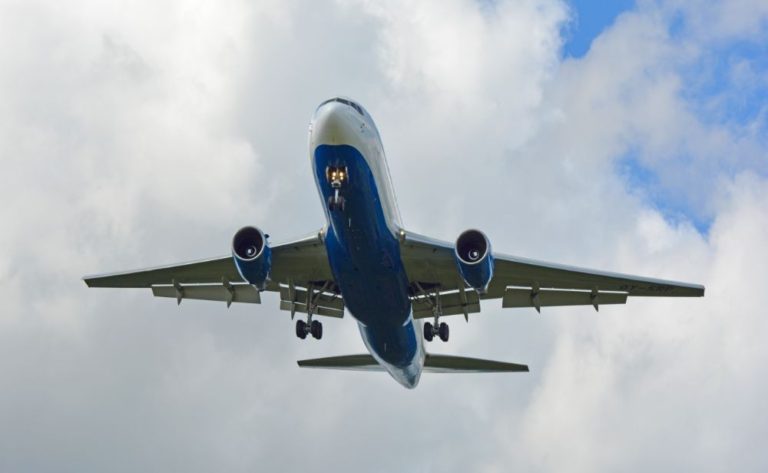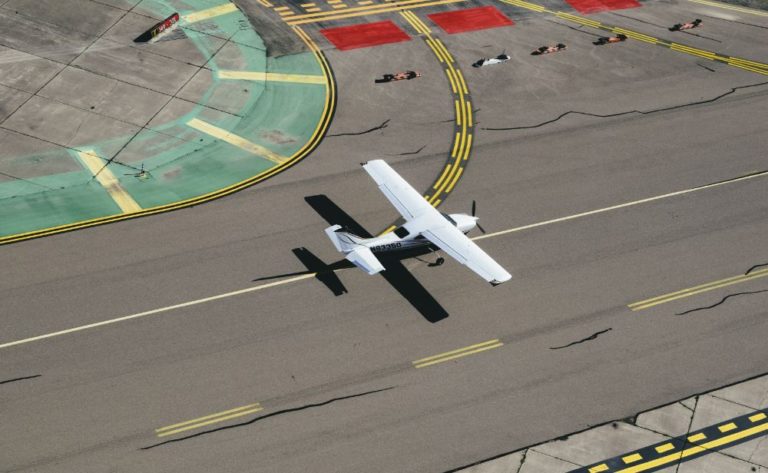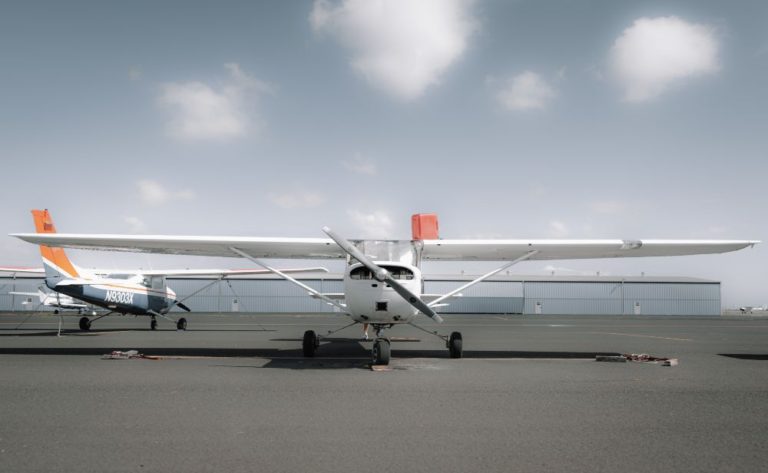Can You Smoke on Private Jets?

On commercial flights, smoking was permitted for both passengers and crew members for the first seven and a half decades of the history of the airline industry. Many passengers are curious about whether or not it is still possible to smoke on private jets in light of the widespread smoking ban that has been implemented by governments and most airlines.
In a nutshell, there is no regulation prohibiting passengers of private aircraft from lighting up tobacco products. However, companies that provide charter jet services are free to establish their own rules and regulations for passengers. Some businesses, for instance, do not prohibit their customers from smoking tobacco, while others have a zero-tolerance policy regarding the practice.
On Private Jets, Is It Acceptable to Light Up a Cigarette or Smoke Tobacco?
Private flights are not subject to the same regulations as commercial flights because governments and airlines all over the world have made it illegal for passengers on commercial flights to smoke while flying. When it comes to private jets, the decision of whether or not passengers are allowed to light up while in flight is up to the company that is operating the aircraft.
In the year 2000, the Federal Aviation Administration (FAA) implemented a policy that prohibited smoking on board all domestic commercial airlines. In the event that the owner of a private aircraft makes the decision to permit smoking on board, they are obligated to comply with the FAA regulations governing the interiors of passenger and crew compartments.
If smoking is allowed on an aircraft, then the FAA regulations state that the cabin must be equipped with a sufficient number of ashtrays that are self-contained and removable. Additionally, the aircraft must be outfitted with unmistakable signs that point out the areas where smoking is not permitted, such as the pilot’s compartment.
Are Passengers Allowed to Smoke Marijuana on Private Jets?
To this day, the federal governments of almost every country continue to uphold laws that make it an offence to smoke, possess, or distribute marijuana. For instance, in the United States, marijuana is still considered a schedule 1 controlled substance, alongside heroin and LSD. This is the case in many other countries as well.
Due to the fact that all aircraft are required to comply with federal laws, it is against the law to smoke marijuana on any aircraft. A significant number of aeroplane owners and operators are concerned about the effects that could result from pilots being exposed to marijuana.
Because aeroplanes have enclosed ventilation systems, there is a possibility that smoke from the cabin will make its way into the pilot’s area. It is highly unlikely that passengers will be permitted to smoke marijuana while travelling on an aeroplane because of the potential risks to health and the legal complications that could arise.
Which, if any, airlines still permit passengers to light up?
Nearly all airlines have implemented policies that make it illegal to smoke on board commercial aircraft. 1988 was the year that smoking was first prohibited on commercial airlines.
1914 marked the beginning of the commercial airline industry, which would go on to experience significant expansion after World War II. During the 1950s, approximately half of the adult population in the United States smoked cigarettes. Today, that number has dropped to about one-third. It was an extremely common practise for passengers on aeroplanes to light up a cigarette.
By the late 1970s, the potential dangers of smoking and being exposed to secondhand smoke were becoming more and more widely acknowledged. Cigarette use has steadily lost favour among the general population in recent decades. Eventually, airlines began separating the cabins of their aircraft into smoking and non-smoking areas for passengers’ convenience.
Tobacco companies and airlines fought against regulations in an effort to keep smoking on aeroplanes legal, despite opposition from people who don’t smoke and professionals in the field of public health.
In 1987, the United States Congress passed a law that made it illegal to smoke on board domestic flights in the United States that lasted for less than two hours. The regulation became mandatory the year after it was initially passed. During the same year, Japan Airlines (JAL) implemented a policy that prohibited smoking on all of its domestic flights.
During the course of the 1990s, a growing number of airlines and governments began restricting or outright banning smoking on board domestic flights. In 1995, the governments of the United States of America, Canada, and Australia came to the conclusion that smoking should be prohibited on board international flights. In 1997, the European Union (EU) followed suit with similar legislation.
Cuba and China were among the countries that were among the last to implement restrictions on smoking while in-flight. Smoking was made illegal in Cuba in 2014, and in China it won’t be legal again until 2019.
What Consequences Will There Be If Passengers on an Airplane Choose to Smoke?
If the FAA discovers that you have been smoking on an airplane, they may issue you a fine and even prevent you from flying with that particular airline in the future. On the other hand, the rules are not consistently enforced and can be different depending on which airline you fly with.
In the event that a passenger is found to be smoking on an airplane, the flight attendants will politely ask them to extinguish their cigarette and inform them that it is against the law to do so. They might also report the incident, which would result in a monetary penalty from the FAA.
Fines imposed by the FAA for smoking violations during flights account for approximately 10% of the total amount. The fine can range anywhere from $2 to $4,000, with the majority of fines coming in at approximately $50 on average.
The act of smoking by itself is rarely considered a serious enough crime to warrant incarceration. On the other hand, certain airlines may get in touch with the local authorities in the country to which they are travelling during international flights.
When a passenger disobeys the requests made by the flight attendants, they are subject to the most severe penalties. For instance, if a passenger refuses to put out a cigarette or causes a disruption that forces the flight to be rerouted or make an emergency landing, the passenger is likely to face serious consequences.
When operating commercial aircraft, are pilots permitted to light up a cigarette?
According to the regulations set forth by the FAA, smoking in the cockpit is not a prohibited activity. In the event that a pilot chooses to light up while in the cockpit, they are not breaking any laws by doing so. On the other hand, a significant number of commercial airlines enforce stringent policies that forbid smoking and apply these policies equally to passengers, pilots, and crew members.
Even after countries and airlines began restricting the sale of cigarettes, pilots were still permitted to light up while in the cockpit of their aircraft. The possibility that pilots will go through nicotine withdrawal, which will impair their ability to fly the aeroplane safely, was a major factor in the decision to make this policy change.
As time went on, it became less common practise to let pilots light up while they were behind the wheel. Even though smoking is prohibited on most airlines based in the United States, there are still some international airlines that allow their pilots to indulge in the habit.
Are There Any Restrictions on the Use of Electronic Cigarettes on Planes?
The Department of Transportation of the United States issued a rule banning the use of electronic cigarettes on commercial aircraft in October of 2015. Due to the potential for the batteries to start a fire, this rule prohibits both the use of electronic cigarettes while in flight and the packing of electronic cigarettes in checked luggage.
You are permitted to bring an electronic cigarette onto an aeroplane with you, but you are not allowed to use it or store it in your checked luggage. However, you are permitted to bring it with you in your carry-on luggage or on your person. However, different airlines might have different rules or restrictions regarding the use of electronic cigarettes.
Why Do Commercial Airplanes Still Come Equipped with Ashtrays?
As a safety measure, ashtrays are still installed in aeroplanes designed for use in the commercial aviation industry. In order to comply with regulations set forth by the FAA, the lavatories of all commercial aircraft flying within the United States must be equipped with an ashtray. Despite the fact that smoking is not permitted on board commercial aircraft while the aircraft is in flight, passengers may still choose to engage in the prohibited activity.
In the event that someone lights up a cigarette, having an ashtray close by ensures that they will have a suitable location to extinguish their cigarette when they are finished. Because the passenger does not have access to an ashtray, there is a greater possibility that the cigarette will be discarded in an unsafe manner, which increases the risk of a fire hazard.
